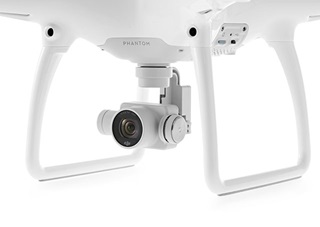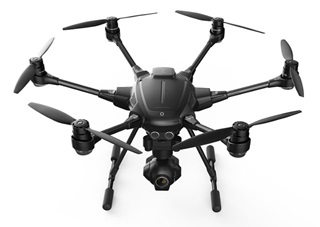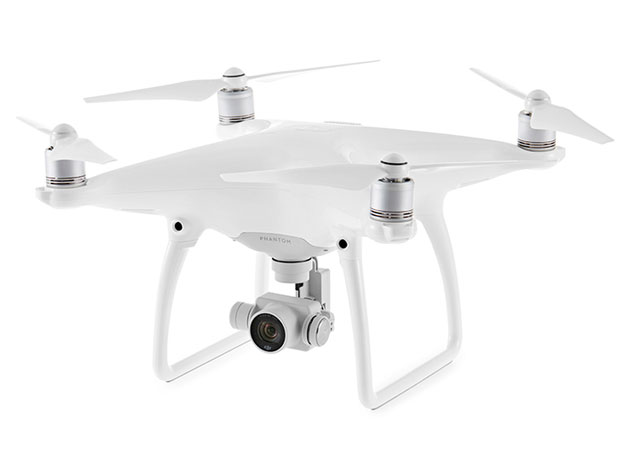
With registered drone hobbyists now outnumbering certificated pilots, it may comfort some that two major manufacturers (including the market leader) have developed consumer drones that can detect and avoid. The initial offerings have limitations—it does not appear that either system is robust enough to detect an oncoming aircraft at a range sufficient to prompt a timely evasive maneuver by the unmanned aircraft—but they do give these small systems some “smarts.”
Market leader DJI (which sells roughly seven of every 10 consumer drones, by some estimates) announced its latest model, the Phantom 4 camera quadcopter, on March 1, hailing a “new era of intelligent flying cameras” in a media release; the $1,399 quadcopter is equipped with a pair of tiny, forward-facing cameras connected to an obstacle sensing system. If the stereoscopic sensors spot trouble, such as a tree or a wall, the Phantom 4 will steer around the obstacle or hover and await further pilot input.
“Obstacle avoidance also engages if the user triggers the drone’s ‘Return to Home’ function to reduce the risk of collision when automatically flying back to its take off point,” DJI noted. A video posted on YouTube illustrated the Phantom 4’s capabilities, highlighting ease of use.
The Phantom 4 will begin shipping March 15, and DJI is accepting orders directly, or through Apple.
Yuneec actually beat DJI to the market with a hexacopter introduced in January at the Consumer Electronics Show, where the Typhoon H flew through an obstacle course of fake trees, following a slow-moving mountain biker and adroitly sidestepping a falling (fake) tree. Yuneec’s pitch video shows Typhoon H navigating around obstacles, and even flying ahead of a moving car, a maneuver the FAA has specifically prohibited commercial UAS operators from attempting. The $1,799 system uses a similar obstacle avoidance approach to the Phantom 4, with a pair of forward-facing cameras linked to an autopilot powered by Intel.

“A central part of our mission is to bring new and advanced creative possibilities within the reach of everyone,” said Yuneec International CEO Yu Tian, in a January news release. “We’ve engineered the Typhoon H to redefine what customers should expect to pay for a drone with such an array of professional features. At this price point, no other drone comes close to the Typhoon H in terms [of] capability and value.”
DJI and Yuneec are far from alone developing detect-and-avoid technology for small unmanned aircraft. Research and development in similar systems is ongoing. Yuneec has also added another safety feature to the Typhoon: the ability to remain stable and land if one of its six electric motors fails, an ability that quadcopters (by any manufacturer) do not share.
Safe operation of consumer drones is about more than avoiding trees, of course. The FAA, AOPA, and other organizations support the Know Before You Fly education campaign, which gives consumers a quick overview of rules for hobbyists including the need to fly below 400 feet agl, and other restrictions. The FAA also requires registration by new drone owners (including those of us now suffering pangs of buyer remorse, having just bought a Phantom 3). Drones flown for fun must carry a legible number that allows authorities to track down the owner if need be; the registration process also includes a briefing on applicable regulations.




